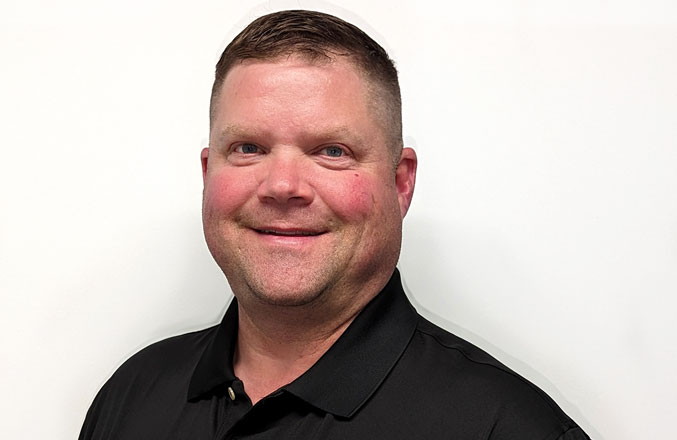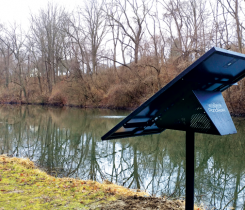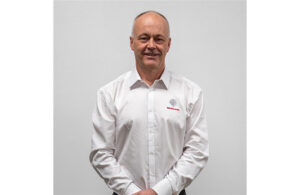Ecologel markets Hydretain and CytoGro turf products together

Root growth when turf has been treated with CytoGro (left) and without. (Photo: Ecologel Solutions)
Ecologel Solutions’ Hydretain and CytoGro, two turf products, are being marketed in tandem for the first time to golf, lawn care and landscape segments.
When used separately, Hydretain functions as a moisture manager that coats plant roots and soil particles. It attracts moisture already present in the soil profile — moisture in the form of water vapor or humidity that would otherwise be lost to evaporation. For years, superintendents lawn care professionals have deployed Hydretain (also marketed as private labels LESCO Moisture Manager and BioPro’s H3O Plus) to reduce overall watering requirements, minimize everyday drought stress cycles and control localized dry spots where wetting agents are only marginally effective, according to the company.
CytoGro is a seaweed-based root growth biostimulant that promotes and maintains healthy root mass in heat/stress periods. It is one of the few EPA-registered products (EPA registration No. 90022-1) that guarantees consistency and a cytokinin load of at least 50 PPM, Ecologel said. The proprietary formulation includes accelerators that amplify performance of the cytokinins in CytoGro.
“For several years now, it’s been clear to us — and to users of Hydretain and CytoGro — that these two products are symbiotic in their performance,” said Jim Spindler, director of agronomy at Ecologel Solutions. “Last year, we started to focus more and more on how these two products can be used synergistically because their qualities are so complementary. While Hydretain helps dry spots recover more quickly, it’s even better at preventing them. But the plants in these formerly dry spots commonly experience diminished root mass. That’s where the CytoGro comes in.”
Matt Lean, superintendent at Monterey Golf & Country Club in Stuart, Fla., has experienced these synergies first-hand.
“I was having issues with localized dry spot, especially at this time of year,” Lean said. “The Hydretain really evened things out on the greens. The high spots hold the moisture much better. No bells and whistles. I had a problem with high spots; I just don’t have that problem anymore.
“We’re a small facility with a lot of play. Even so, it wasn’t difficult to do half a green with CytoGro and see exactly what you’re getting there. I sprayed it in, waited two and a half weeks, pulled some core samples and saw a noticeable difference in root growth. The Hydretain doesn’t hold water in the soil as much as it pulls water to the root. So you can see why they’re complementary.
“I like to spoon-feed my greens. I’ll put the combination down every other week. If I overseed, I’ll spray it on top and it’ll stimulate the seed and bring moisture to the seed. Really helps with the grow-in … We’re a low-budget course. It’s nice to get products like these that perform well and aren’t costly. You get a lot of bang for your buck.”
Spindler said the decision to more aggressively market Hydretain and CytoGro in tandem has allowed the full range of turf professionals to fashion their own distinct, localized solutions, at a lower cost.
“A perfect example is Leif Dickinson, the superintendent at Del Mar Thoroughbred Club, the race track in San Diego,” Spindler said. “When Leif plants his color, he deploys Hydretain granular in the beds — or uses Hydretain in his drench water — then follows up with CytoGro. Those transplants develop and flower faster, and more fully. He does three color change-outs each year and that’s his routine each time.”
Spindler explained that, in the golf context, Hydretain is typically applied every three months, or monthly, on greens. CytoGro typically goes out monthly, or can be mixed with fertigation (or any other liquids) and applied more frequently. “But there is clearly crossover with lots of applicative common ground,” he added. “Both are excellent products that seem to get even better results working together.”












